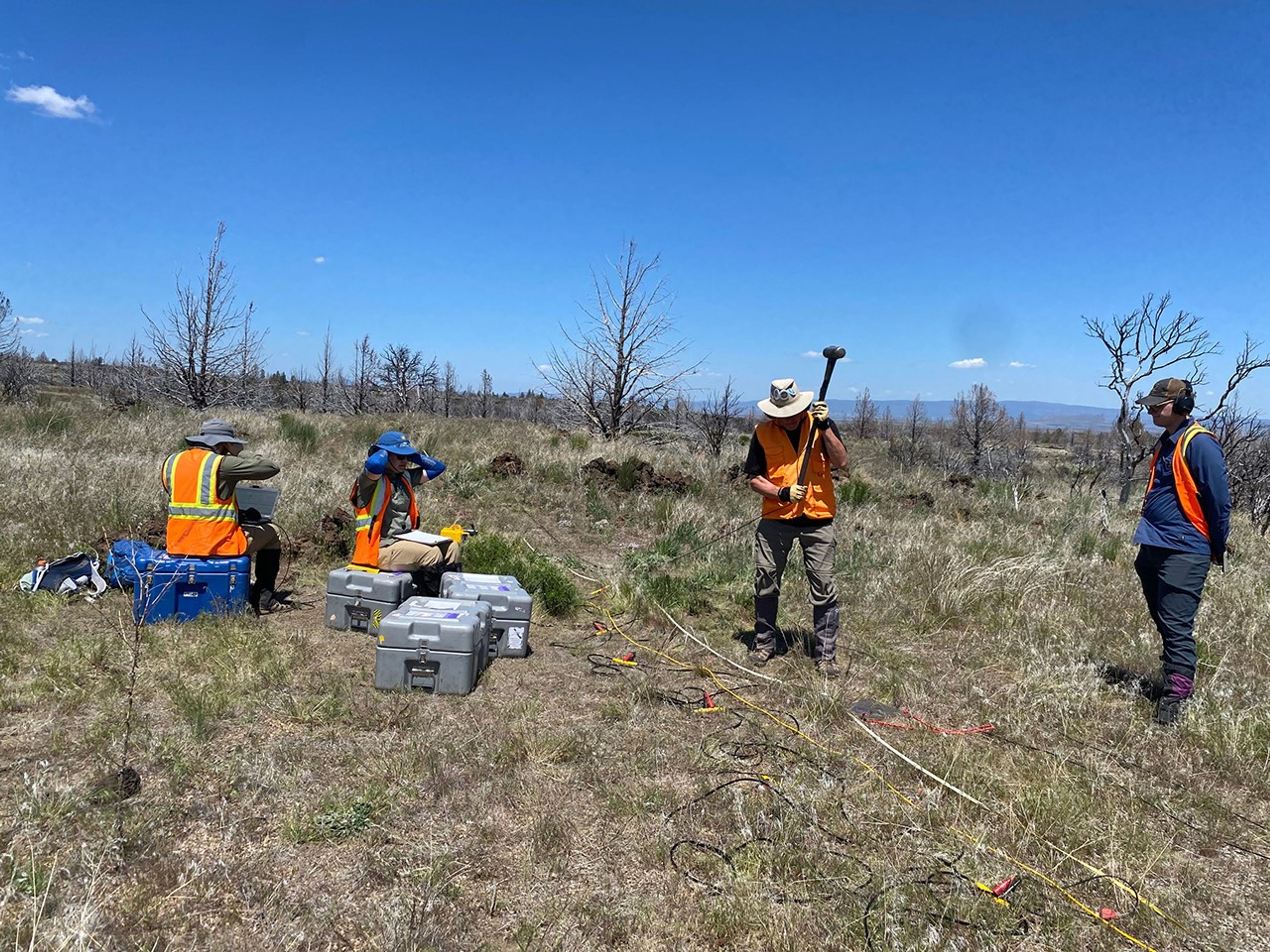28.09.2025

With several hundred blows of a 10-pound (4.5-kilogram) sledgehammer, researchers tested a method to find subsurface caves that could serve as safe underground habitats and research facilities on the Moon and Mars. The team, which includes NASA scientists, conducted their field experiments near Flagstaff, Arizona, and Tulelake, California, in locations that resemble the landscapes future explorers may encounter on trips beyond Earth.
The team used an approach that is similar to a CT scan; striking a metal plate laid on the ground created seismic vibrations that scattered back from structures hidden below the surface. The researchers repeated the test with a single blow every 3.3 feet (1 meter) along a 420-foot (125-meter) line above known lava tubes and caves left behind by ancient, subterranean lava flows. The study found that the method could reveal the presence of subsurface caves.
Underground lava tubes and caves on the Moon and Mars were formed during a more geologically active time. Researchers say that thick rock surrounding ancient lava flows could protect occupants from radiation, meteorites, and extreme temperatures – hazards that astronauts are likely to face on other planets. Replacing the hand-wielded sledgehammer, which the researchers used for their proof-of-principle experiments, with a machine that drops a weight, or fires it downward at high speeds, could extend the depth that the method can probe, if it is ultimately deployed on distant planets or moons. The study reported inGeophysical Research Letters is part of the GEODES project, which is a NASA Solar System Exploration Research Virtual Institute effort in support of planetary missions, including the upcoming Artemis Moon missions.
Quelle: NASA
